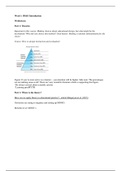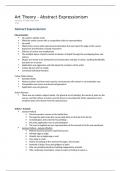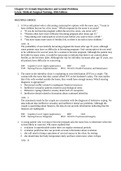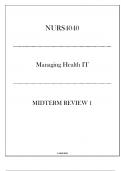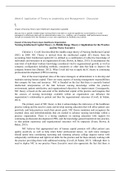Samenvatting
Summary All summaries + weblectures for Instructional Design and Evaluation - Educational Science
- Instelling
- Universiteit Utrecht (UU)
This document consist of all the weblectures of the IDE course and the following literature: Web lecture 1: ID&E: Introduction 1.1 Byrnes, J. P. (1992). Categorizing and combining theories of cognitive development and learning. Educational Psychology Review, 4, 309–343. doi:10.1007/BF. 1....
[Meer zien]
